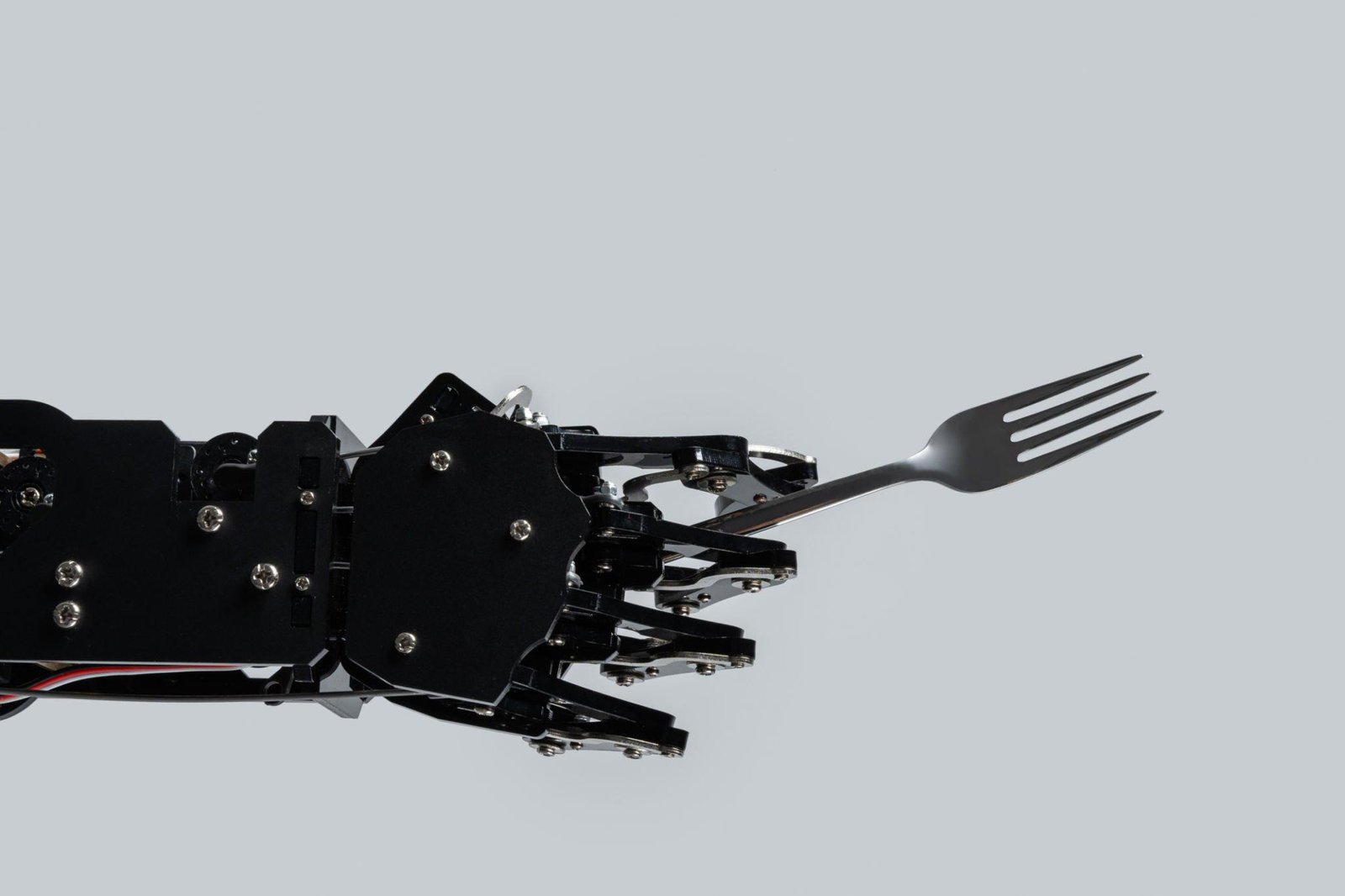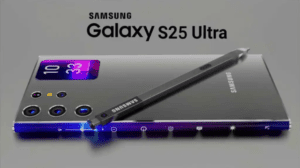Smart Utensils for Disabled Hands
Introduction
Technology is continuously develop to make our lives more convenient and accessible. These advancements can be life-changing for persons with disabilities. One of these innovation that has gained prominence is smart utensils for disabled hands. These smart tools are design to enhance independence and improve the overall quality of life for people with limited hand mobility. In this article, we will discuss the world of smart utensils and exploring their fantastic benefits and also answering some common questions about them.
Utensils for Disabled Hands
How Smart Utensils Work
Smart utensils is one of the Examples of Low Tech Assistive Technology and are a remarkable fusion of technology and everyday dining essentials. These ingenious devices are equipped with sensors and intelligent mechanisms that adapt to the user’s needs. Whether it’s gripping, cutting, or scooping, smart utensils assist individuals with disabilities in performing these tasks with ease.
Benefits of Utensils for Disabled Hands
- Enhanced Independence: Smart utensils provide individuals with disabilities the autonomy to enjoy their meals without assistance, boosting their self-esteem and confidence.
- Improved Nutrition: These utensils ensure that users can effectively consume a variety of foods, contributing to a balanced diet and better health.
- Comfortable Dining: The ergonomic designs of smart utensils reduce strain and discomfort, making dining a more enjoyable experience.
- Customizable Settings: Users can personalize settings to accommodate their specific needs, such as adjusting grip strength or cutting speed.
Types of Utensils for Disabled Hands
1. Adaptive Forks
Smart forks are accouter with sensors that detect the patient hand movements and adjust the fork position. This technology support in scooping food and guiding it to the patient mouth.
2. Intelligent Spoons
Smart spoons feature stabilization technology, preventing spills and helping users enjoy soups, cereals, and other liquid-based foods.
3. Cutting-Edge Knives
Smart knives are designed to cut through various textures of food, granting individuals the ability to slice through meats, vegetables, and bread with precision.
Adaptive Utensils
- Adaptive utensils are ergonomically designed to accommodate individuals with limited hand function or mobility. These specialized utensils consist of various features that make them easier to grip and control, allowing individuals with disabled hands to regain independence during meals.
- Weighted Utensils
- Weighted utensils, as the name suggests, have additional weight in their handles. This added weight provides stability and helps individuals with tremors or shaky hands maintain better control while eating.
- Angled Utensils
- Angled utensils have bent or angled handles that help reduce strain on the wrist and facilitate a more comfortable grip. These utensils are particularly beneficial for those with arthritis or limited wrist movement.
- Built-Up Handles
- Built-up handles are designed with a larger diameter, making them easier to grasp and hold securely. They provide a more substantial surface area for gripping, which can greatly benefit individuals with weak or unsteady hands.
- Weighted Utensils
Cutting Tools for Adaptive
- In addition to adaptive utensils, there are also adaptive cutting tools available that simplify the process of preparing food for individuals with disabled hands. These tools are engineered to overcome challenges related to gripping and cutting tough food items, enabling individuals to regain their culinary independence.
- Rocker Knife
- A rocker knife features a curved blade that allows individuals to cut food by rocking the knife back and forth, rather than using a traditional cutting motion. This design minimizes the effort required and is especially useful for individuals with limited hand strength or coordination.
- One-Handed Cutting Board
- A one-handed cutting board is equipped with corner guards and non-slip surfaces to prevent it from shifting during use. It also features prongs that securely hold the food in place, allowing individuals to cut with one hand while still maintaining stability and control.
- Electric Food Chopper
- An electric food chopper eliminates the need for manual cutting by using a motorized blade to chop food items. With a simple press of a button, individuals with disabled hands can effortlessly chop vegetables, fruits, or other ingredients, saving time and energy.
- Rocker Knife
Adaptive Eating Aids
- Adaptive eating aids are another category of specialized utensils that assist individuals with disabled hands in various aspects of dining, including handling hot dishes, preventing spills, and improving overall eating experience.
- Plate Guard
- A plate guard is a device that attaches securely to the edge of a plate and creating a barrier that helps prevent food from falling off or being push off. It allows patient to scoop food onto their utensils more easily and reduces the risk of spills and also particularly beneficial for those with weak or unsteady hands.
- Heat-Sensitive Spoons
- Heat-sensitive spoons change color when they come into contact with hot food, providing a visual cue to individuals with impaired sensation. This helps prevent burns and ensures that food is consumed at a safe temperature.
- Non-Slip Placemats
- Non-slip placemats are designed with gripping materials on both sides to prevent plates, glasses, and utensils from sliding or tipping over during meals. They provide stability and reduce the risk of spills, enabling individuals to dine with confidence.
- Plate Guard
Frequently Asked Questions
Q: How do I clean smart utensils?
A: You should Always refer to the manufacturer’s instructions for specific cleaning guidelines.
Q: Can smart utensils be used by children?
A: Many smart utensils are suitable for children with disabilities. However, it is essential to choose utensils that are age appropriate and safe for your child. Consult with a healthcare professional for recommendations.
Q: Do smart utensils require special maintenance?
A: Smart utensils are designed to be low maintenance. Regularly check for any wear and tear to replace batteries as needed and follow the manufacturer maintenance recommendations.
Q: Are there any alternatives to smart utensils?
A: Yes! there are alternative assistive devices such as adaptive plates with cups handles and specialized eating aids. The choice of the device depends on the persons specific needs and preferences.
Q: Where can I purchase smart utensils?
A: You can find smart utensils for disabled hands at medical supply stores and online retailers through assistive technology providers. Be sure to research and read reviews to find the best options for your needs.
Conclusion
Smart utensils for disabled hands are a testament to the power of technology in improving the lives of patients with disabilities. These innovative tools offer a sense of independence and dignity and allowing users to enjoy their meals with ease. By incorporating technology into everyday dining and smart utensils have the potential to transform lives and promote inclusivity.
Don’t miss the opportunity to embrace these life-changing devices. If you or a loved one could benefit from smart utensils, consider exploring the options available and take a step towards a more independent and fulfilling dining experience.














Post Comment